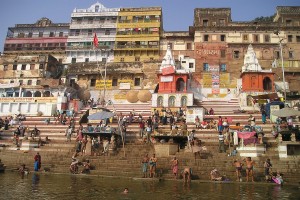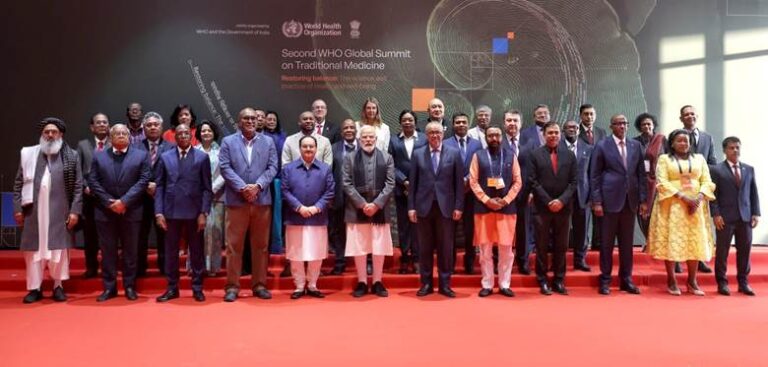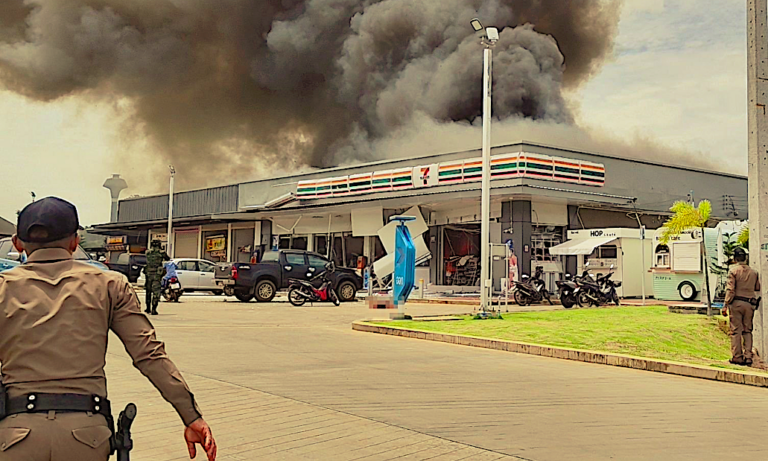
[the_ad_placement id=”adsense-in-feed”]
The Ganga Andolan
 By Dr. Rajendra Singh*
By Dr. Rajendra Singh*
The Ganga remained free during colonization only to be shackled after India’s freedom. Pandit Madan Mohan Malviya played a major role in ensuring that the Ganga remained free flowing during British raj.
[the_ad_placement id=”content-placement-after-3rd-paragraph”]
In Independent India, this revered river is not allowed to flow freely. In several countries that Europe colonized, they gave the rights over water resources – both surface and ground – to private companies. France, for example which had colonized Senegal gave the water company, Suez Water, rights over water and privatized water supply more than eight decades ago. Today, Senegal struggles for water as do other countries in Africa and Middle and West Asia, wherever the European colonizers privatized water.
Also read: Ganga Movement: The government is not upholding its commitment to the Ganga
India, during its colonization by the British proved otherwise, simply because communities in India believed in and practiced community-led water conservation practices and judicious use of this resource. They believed that water played a major role when the universe was being created and protected water. They had faith.
Indian faith and spirituality are inextricably linked to the protection of the five elements of pancha mahabhootas, namely Bhoomi (land), Vayu (air), Gagan (space), Agni (fire) and Neer (water). The wisdom around water is what made India a global guru in the past. It was this ancient wisdom that connected humanity to the Ganga, even during colonial times.
In 1914, Pandit Malviya successfully led the movement against the government’s plan of stopping Ganga water to Har-ki-Pauri in Haridwar and diverting this to the canal dug at Bheemgonda. This effort led to keeping the mainstream of the Ganga undisturbed. The British had understood the science behind the respect for the Ganga and did not pursue privatization of water in India. Society at that time considered water as a common and shared resource, to be shared by, and for, nature also.
Unfortunately, as we moved away from this gyantantra and towards the western model of development, we lost our position of a world guru. We now only believe in extraction, exploitation and destruction of nature and natural resources. We want to control nature. The belief that we are part of nature has been replaced by the desire to control. Modern education has played a major role in this shift and as a result, our faith in, and practice of, traditional wisdom has declined.
Today Indian society appears to be hypocritical with respect to the Ganga. This river is called Maa or Mother Ganga yet we allow its exploitation for economic purposes with impunity. We have no qualms about Mai se kamai or earning from our Mother. The world over this difference between perception and practice is being questioned. We are now being considered an untruthful society.
While we were oppressed during the Mughal and British rules, in the current democratic environment it appears that we are even more oppressed. Pandit Malviya had raised his voice and his campaign for the free flow the Ganga against the use of her water for irrigation had succeeded. The Ganga Andolan began in 1913 in colonized India and 1916 the British gave freedom to the river.
In 2018, in free India, Professor G.D. Agarwal (Swami Sanand) gave up his life the Ganga, and yet the river is not free. After his passing, Brahmachari Atmabodhanand and Sadhvi Padmavati went on a fast unto death to draw attention to the demands of Swami Sanad, but to no avail. Now Swami Shivanand is on a fast unto death since August 3, and who knows what will happen?
While the Ganga remained free even during the colonization by European countries, in Independent India, the river continues to be shackled. The truth is that Indian society is now afraid to speak up for the freedom of the Ganga. Fear is pervasive. If Mahatma Gandhi was alive today, he would have told us to be fearless and would have spoken up against privatization of water and for the free and pure flow of the Ganga. This is what India needs to do.
*The writer is an internationally acclaimed water conservationist and is also known as the Waterman of India. The views expressed are personal.
[the_ad_placement id=”sidebar-feed”]






Well explained. Most of Indian rivers facing the same including Mighty Brahmaputra causing displacement of Millions people and property